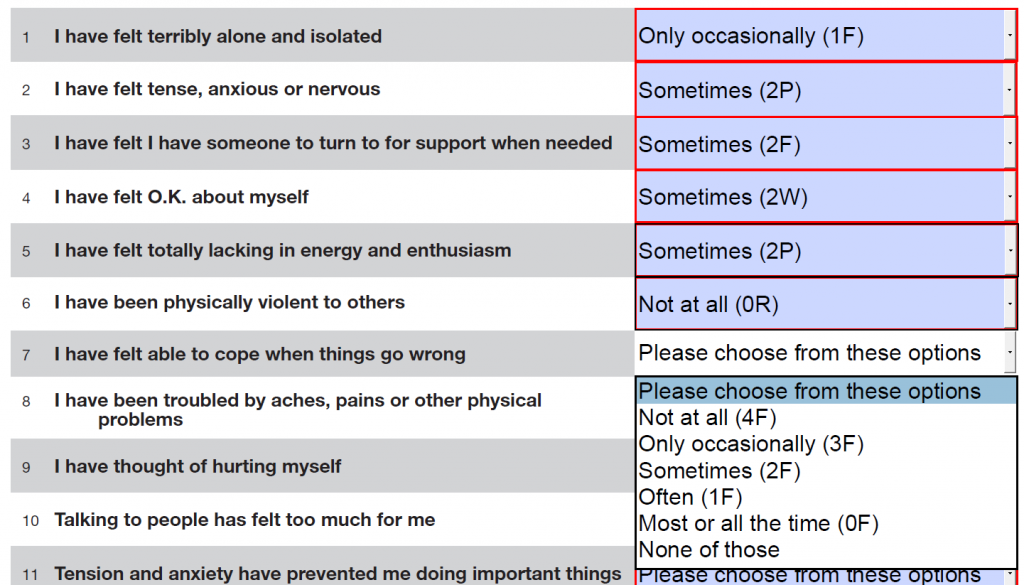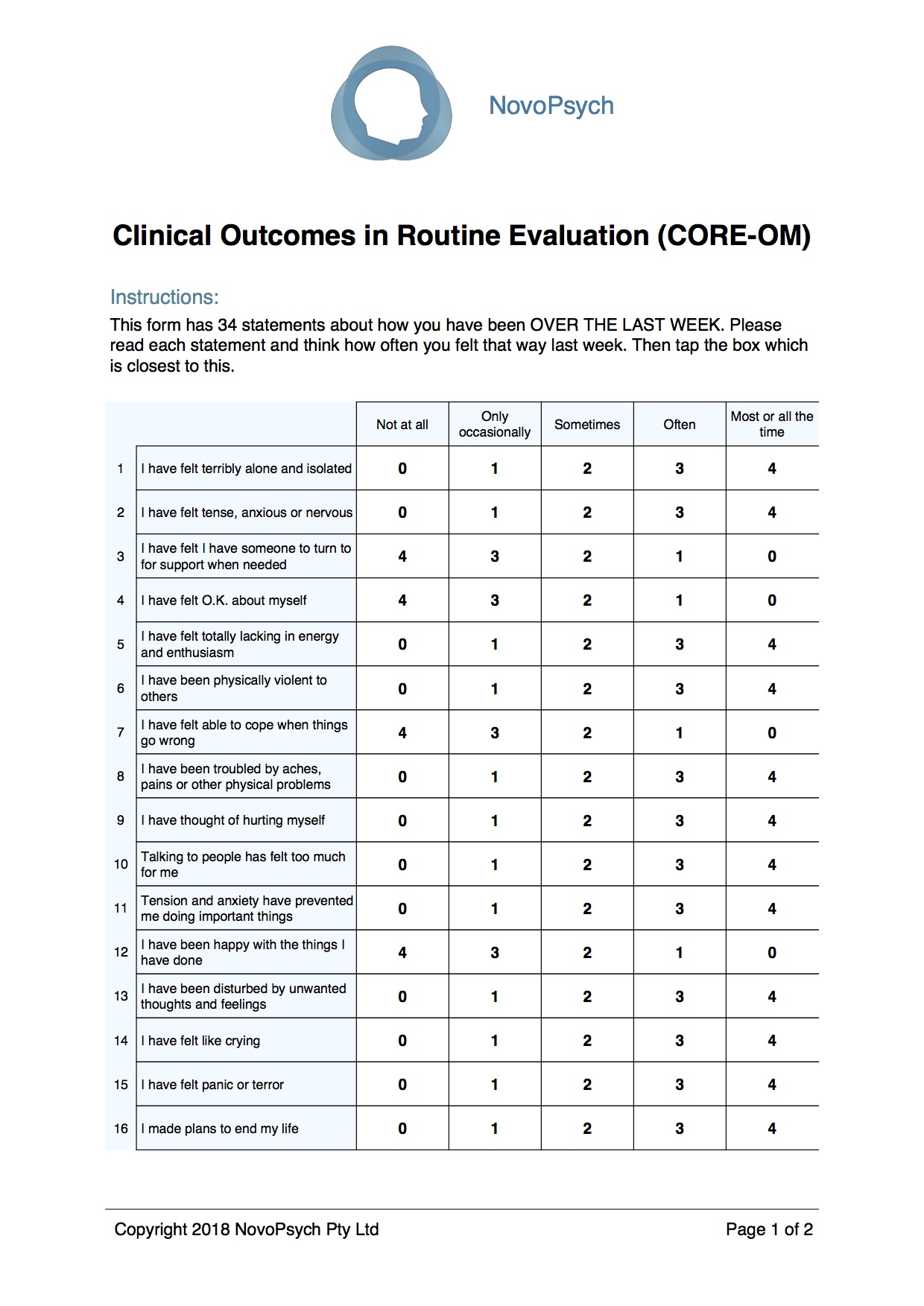Mixed methods feasibility and usability testing of a childhood obesity risk estimation tool, BMC Public Health
$ 15.99 · 5 (133) · In stock
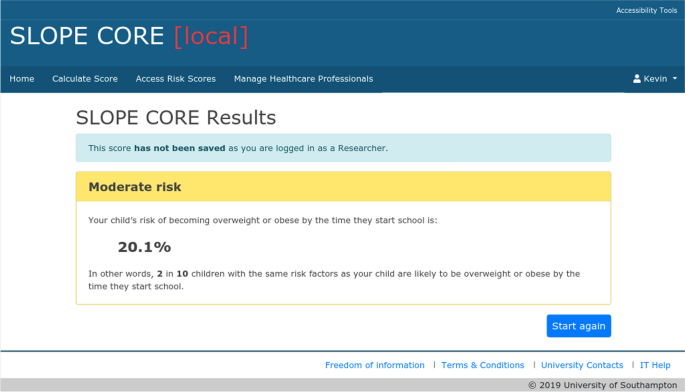
Background A Childhood Obesity Risk Estimation tool (SLOPE CORE) has been developed based on prediction models using routinely available maternity and early childhood data to estimate risk of childhood obesity at 4–5 years. This study aims to test the feasibility, acceptability and usability of SLOPE CORE within an enhanced health visiting (EHV) service in the UK, as one context in which this tool could be utilised. Methods A mixed methods approach was used to assess feasibility of implementing SLOPE CORE. Health Visitors (HVs) were trained to use the tool, and in the processes for recruiting parents into the study. HVs were recruited using purposive sampling and parents by convenience sampling. HVs and parents were invited to take part in interviews or focus groups to explore their experiences of the tool. HVs were asked to complete a system usability scale (SUS) questionnaire. Results Five HVs and seven parents took part in the study. HVs found SLOPE CORE easy to use with a mean SUS of 84.4, (n = 4, range 70–97.5) indicating excellent usability. Five HVs and three parents took part in qualitative work. The tool was acceptable and useful for both parents and HVs. Parents expressed a desire to know their child’s risk of future obesity, provided this was accompanied by additional information, or support to modify risk. HVs appreciated the health promotion opportunity that the tool presented and felt that it facilitated difficult conversations around weight, by providing ‘clinical evidence’ for risk, and placing the focus of the conversation onto the tool result, rather than their professional judgement. The main potential barriers to use of the tool included the need for internet access, and concerns around time needed to have a sensitive discussion around a conceptually difficult topic (risk). Conclusions SLOPE CORE could potentially be useful in clinical practice. It may support targeting limited resources towards families most at risk of childhood obesity. Further research is needed to explore how the tool might be efficiently incorporated into practice, and to evaluate the impact of the tool, and any subsequent interventions, on preventing childhood obesity.
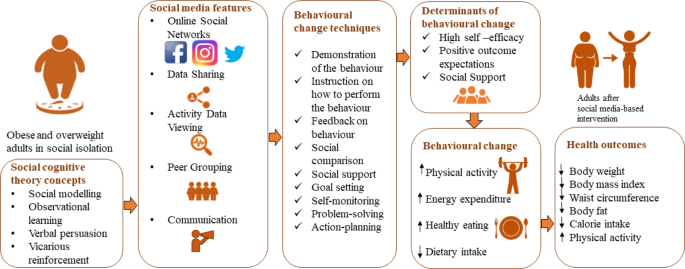
Social media-based interventions for adults with obesity and overweight: a meta-analysis and meta-regression

Frontiers Time to act on childhood obesity: the use of technology
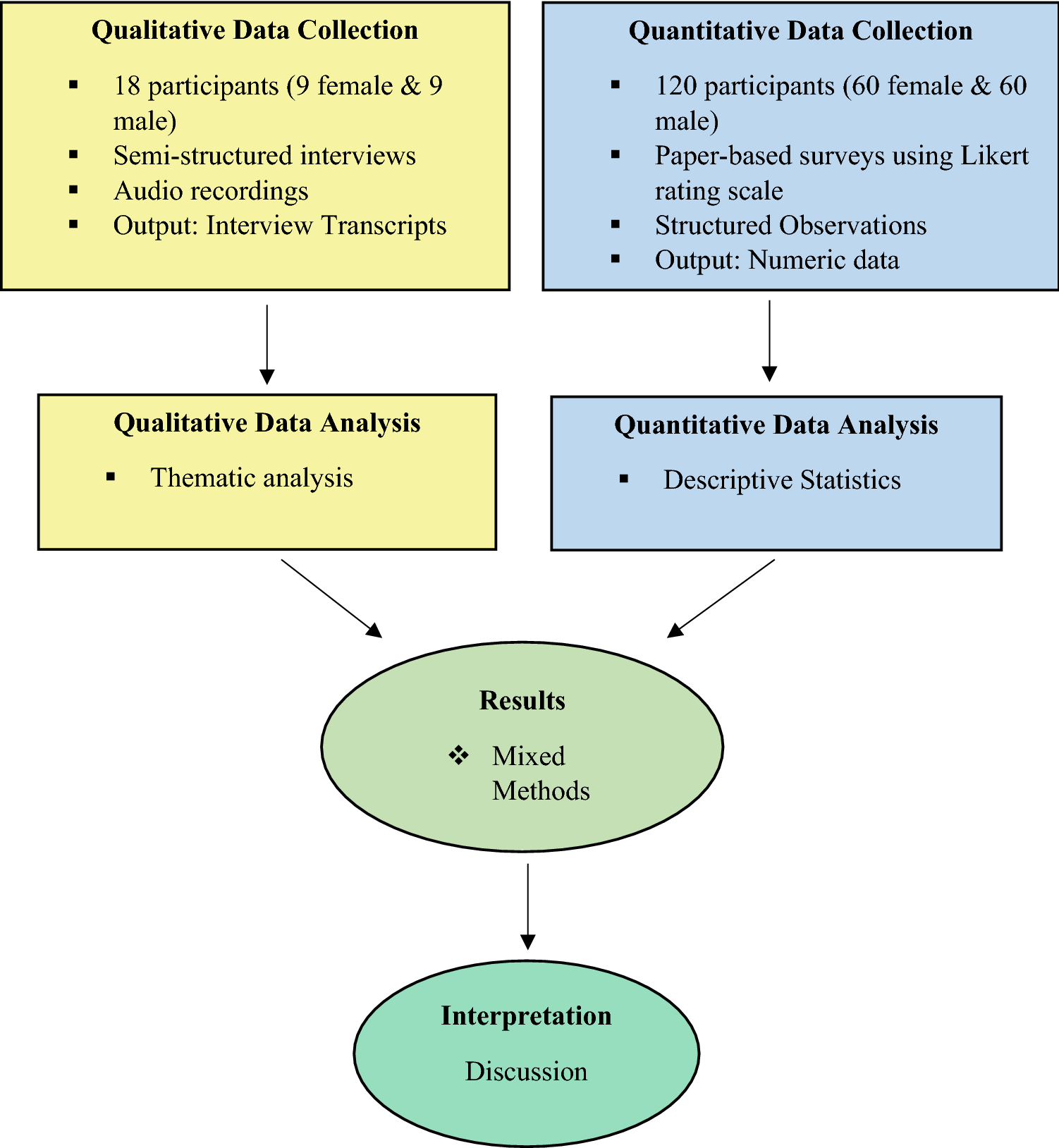
Perception, environmental determinants, and health complications of excess weight in India: a mixed methods approach

Reliability, acceptability, validity and responsiveness of the CHU9D and PedsQL in the measurement of quality of life in children and adolescents with overweight and obesity

PDF) Obese persons' physical activity experiences and motivations across weight changes: a qualitative exploratory study

Integrating Community-Based Health Information System with a

E-health Dietary Interventions for Participants of SNAP and WIC: A Systematic Review - Current Developments in Nutrition
Mixed Methods Research: January 2015, PDF, Qualitative Research

Delaware Journal of Public Health, Chronic Disease, Part 1 by Delaware Academy of Medicine and the Delaware Public Health Association - Issuu

Summary comparison of QRISK2 and JBS3 based on findings from Chapters 3-6
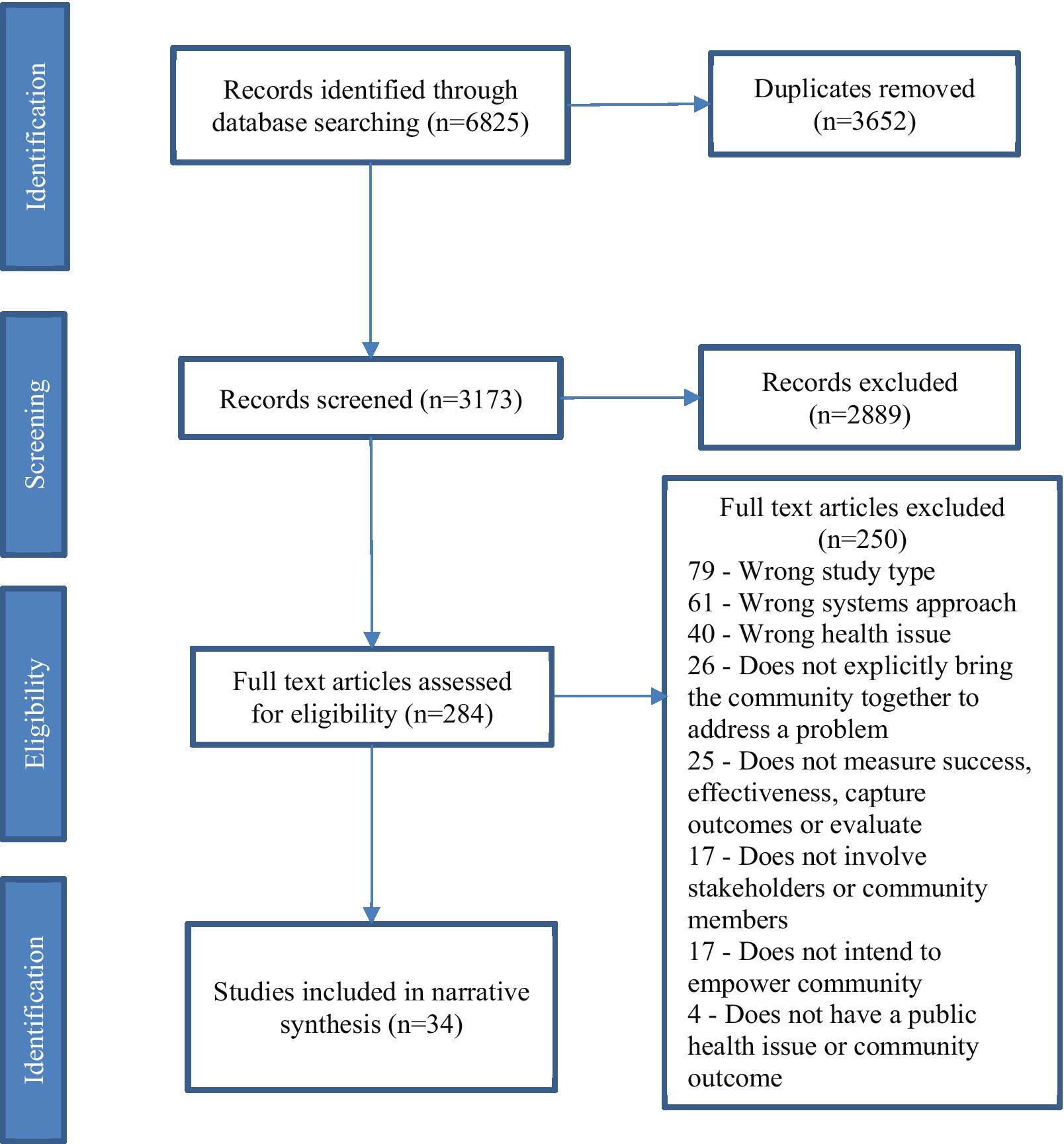
Frontiers Success of community-based system dynamics in prevention interventions: A systematic review of the literature





